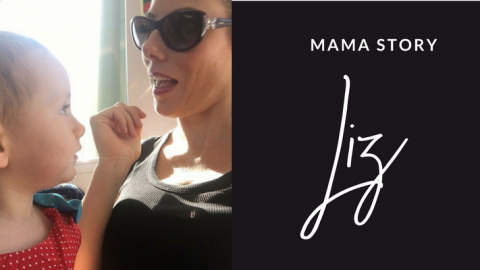8 types of tantrums
If you have a toddler, chances are you’ve entered the world of the temper tantrum – and what a big, wide world it is!
There’s a handy algorithm, actually: toddler’s capacity < circumstances demand from them = don’t bother. (And you thought you’d never need math in the real world.)
Here are eight different types of tantrums you may have encountered…
1. The dying swan
Arms outstretched, limbs flayed, back arched, body contorted in a way only young children/prima ballerinas can manage. You can almost hear the swell of the strings, the symphony rising to its dramatic conclusion. Except you can’t, because your child is on the floor, flapping, kicking, and shrieking.

‘The dying swan’ is a (somewhat theatrical) type of tantrum you might have witnessed
2. The bolt
Excuse me? Did you just say no? Well then, I’m out of here. See if you can catch me. *Turns. Runs*
3. Silent protest
Of all the types of tantrums, this one is the easiest on the ears, but no less challenging. Your toddler won’t say anything, they’ll just sit right here in the middle of the cereal aisle.
No amount of praise, negotiating or encouragement will get them to move – the harder you try, they longer they’ll glare at you with their arms crossed. Or for as long as it takes for them to get their way.
4. The plank
Remember back in 2011, when everyone was all about planking? I suspect this was simply adults getting in touch with their inner toddler.
See, toddlers have been planking since forever – they just never had the means to post it all over social media. There’s nothing like a toddler planking in an awkward, inconvenient position to make you want to dig a hole right then and there and disappear into it.
5. Hide and seek
This type of tantrum goes a little something like this: “If I can’t have my way, I’ll crawl under the desk/chair/shopping trolley. Come and get me! Oh you can’t? That’s unfortunate. See you… never.
6. Stop, drop and roll
Do you recall, back in primary school, learning the ‘stop drop and roll’ technique in fire safety education? Well, the stop, drop and roll is back – toddler-style. In this new (but not so improved) version, we stop, we drop to the floor (wherever we may be) and we roll – or writhe.
(Actually, “stop drop and writhe’ is probably a more accurate description of this type of tantrum.)
7. A Shakespearean tragedy
This type tantrums is the pinnacle, and combines a mix of ‘all of the above’. Tears, gestures, passionate dialogue. Perhaps an operatic soliloquy about the total injustice of it all. And sometimes – just when you think it’s all over – an encore.

Just when you think it’s over: This type of tantrum has an encore!
8. The ‘thank goodness that’s not my child’ tantrum
Self explanatory, really. And hands down, absolutely the best kind.
What types of tantrums have you experienced?
Let us know in the comments!
By Ariane Beeston









